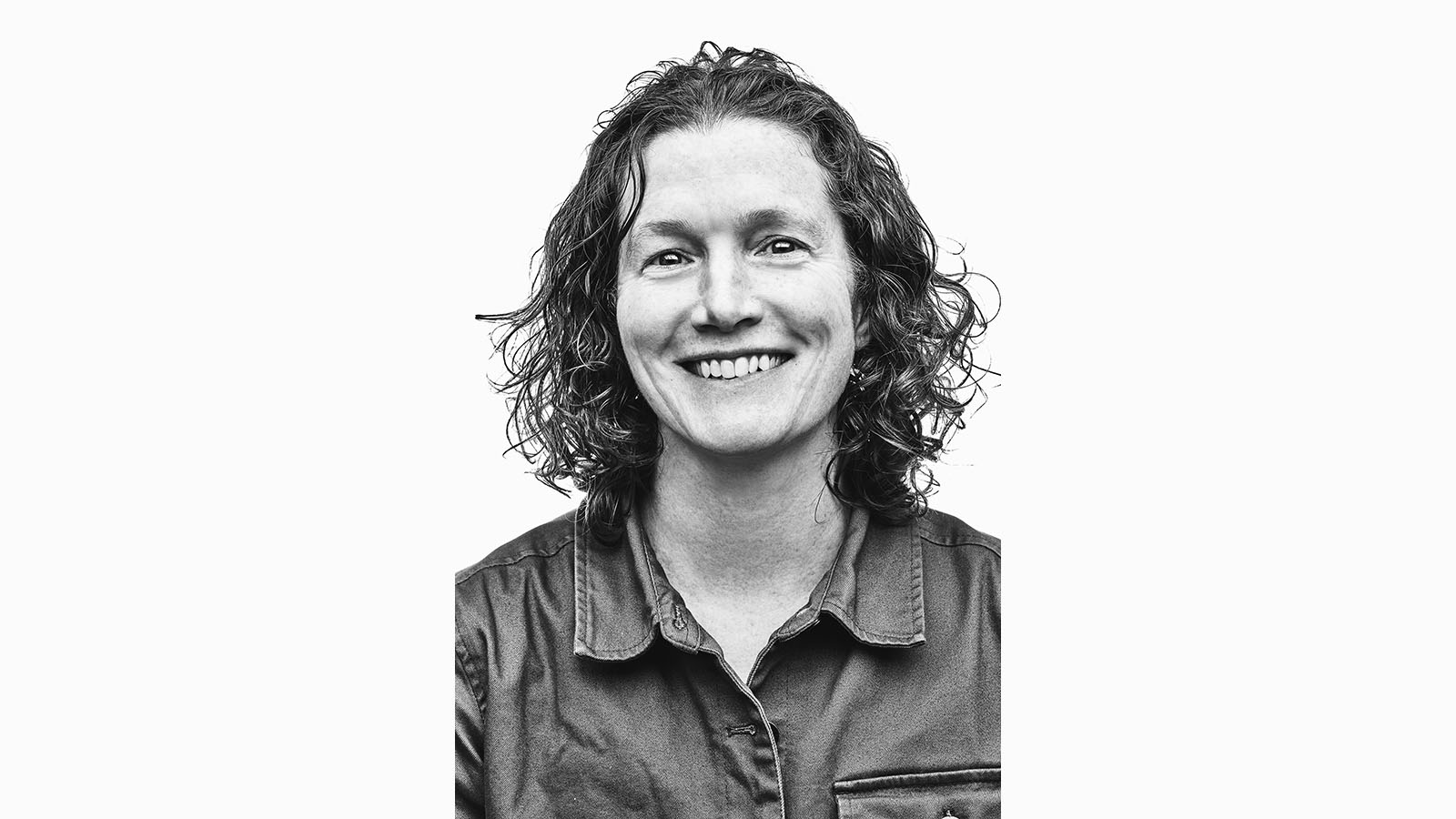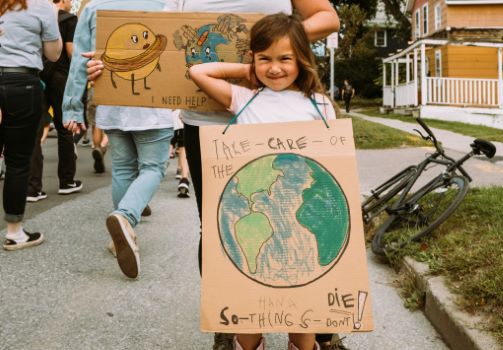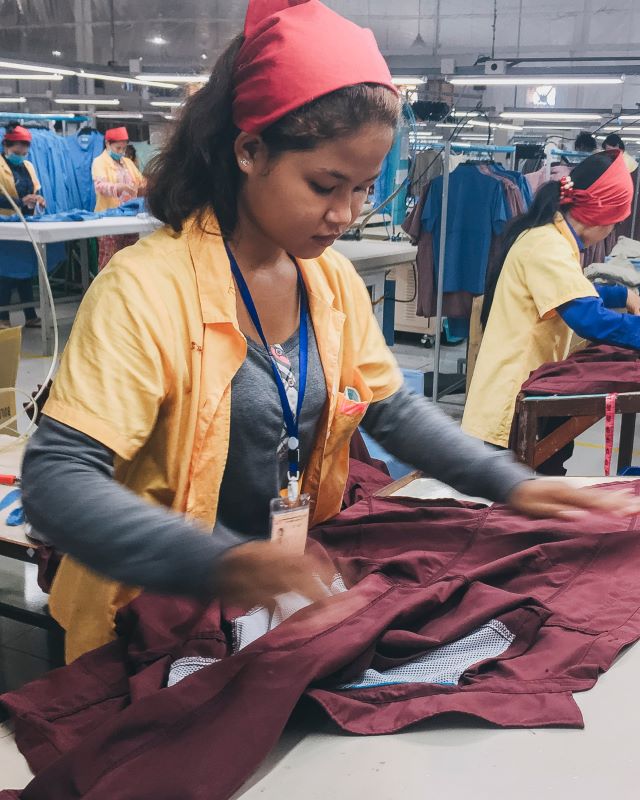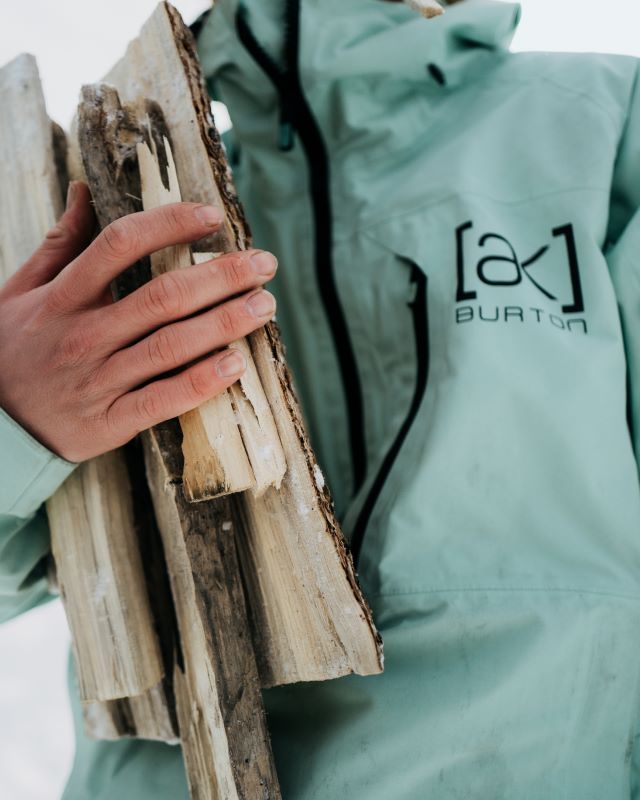
How Burton is Working to Preserve Snowboarding For Future Generations
Climate change is a hot topic at the moment…literally. With the UK hitting record temperatures, wildfires raging through parts of Europe, and drastic changes to worldwide weather patterns, it’s painfully apparent that we (as a population) need to change our ways to preserve our natural spaces and our ways of life. Snowsports will be the first to go if we don’t try to slow global warming. We spoke with Ali Kenney (pictured above), the Chief Strategy Officer at Burton to discover how the brand is working to preserve the future of snowboarding.
Ali, please tell us about your background and what led you to work with Burton
My path has been somewhat of a winding road, always staying curious and then proposing and building what I think is most important. I have worked in leadership across almost every key business area, from managing Burton’s global supply chain, to founding and building our environmental and social impact program, establishing our consumer insights division, creating our global strategy group, and forming our justice/equity/diversity and inclusion (JEDI) team. I have an insatiable drive to try to help improve organisations and their impact on the world. I chose Burton because I wanted to work for a company that brings the outdoors to people’s lives in a positive and fun way while ensuring that it is done responsibly. I think we do that here at Burton.

What inspired you to create the sustainability program?
It all started over 10 years ago when I was a key member of our volunteer environmental group. I was increasingly dissatisfied with the progress we were making on our social and environmental impact compared to where I felt we needed to go. In 2011, I was living in Europe and was travelling around 12 countries to create a research report on the state of the snowboarding business in Europe. I returned from that experience feeling like it was my responsibility to pitch a full sustainability program to Burton’s owners. I built a presentation over six months (at night and in my own time) and presented it to Donna Carpenter, owner and then CEO. She gave me the chance to build our program from scratch, and I will be eternally grateful for that opportunity to work together with her on building it.
Tell us about it… and how it’s evolved since its inception in 2011.
In the beginning, the hardest work was to figure out what sustainability meant to Burton, what was most important, and how to establish long-term, multi-year goals. I didn’t have a team at the time, so I had to make educated guesses on what our goals should be and try to get the whole global organisation moving in the same direction. Some goals turned out right, some turned out wrong. But we learned through every choice and mistake. We had to rally employees all over the world to embrace a significant cultural and business shift to do business responsibly and meet our goals. That wasn’t easy. Over a decade later now, we’ve become an industry leader in the space, driving company-wide change around our impact on the planet and people.
I’ll give you three examples where we’ve made tremendous progress. When we first started on our sustainability journey, the company’s carbon strategy was almost non-existent. Now, we are committed to becoming climate positive by 2025, which is one of the most aggressive commitments you’ll see in our space. A second example is ten years ago, Burton didn’t know the full environmental impact of our products. Now we use life cycle assessment (LCA) software internally to assess the carbon footprint of our products and train our engineers to make design and manufacturing decisions accordingly. Ten years ago, we didn’t have an organised responsible sourcing effort. Now we’re accredited by the Fair Labor Association and have reached B Corp certification. And these are just a few of the examples of the monumental changes we’ve championed.

What do you have to say to brands who greenwash?
First of all, I understand that it can be daunting, difficult, and expensive for brands to adopt science-based methods to assess the environmental impact of products and operations. So I want to give some brands the benefit of the doubt around greenwashing. My hope is that they’re greenwashing because they’re actually uninformed about their true impact and feel pressured to join the dialogue. But it’s definitely really frustrating to feel like we have worked incredibly hard to truly change the way we do business at Burton and are systematically targeting all of our greatest impacts while competitor brands are instead spending money on marketing things like being “the most environmental board factory”, which is based on zero data. Often, consumers don’t know the difference. The saddest part about greenwashing is when consumers actually want to vote with their dollar to support brands who’re acting responsibly, and they might actually get confused and fall for inaccurate messaging and support brands that aren’t truly doing the deep work – that’s where greenwashing is most damaging.
What more could snowboard brands be doing to ensure a more sustainability/environmentally friendly business?
I’d love to see true carbon footprint commitments across all snowboard brands, and so far, we’re just not seeing it. Brands are picking and choosing how they talk about their impact and footprint, often inaccurately, and that’s not fair to the rider nor the world. I want more brands to join the dialogue, make deep commitments, stop greenwashing, and come together to find solutions. I would also love to see brands come together to work toward systemic issues beyond climate change, such as diversity, inclusion, and climate justice. As the leading snowboarding brand, Burton should be leading and setting the tone, and I believe we are living up to that in most cases, but half of why we’re doing this is to inspire others to step up and do the same. And that’s just not happening yet.

What’s the hardest part of your business / supply chain to regulate for best eco practices?
The easiest part of the business to improve is the brand’s owned operations, such as owned manufacturing and headquarters (e.g., we have full solar installations at our global headquarters, and have offset our scope 1 and 2 emissions in North America). The hardest part is managing the full impact in the supply chain – from material choices through end of life. This involves doing things like being fully aware of and managing fair labour practices, ensuring responsible purchasing and material usage choices, and minimising your manufacturing carbon footprint as much as possible. Most brands have changed a material or two. Or maybe they’re sourcing energy from lower carbon intensity sources (like hydro). But few have invested to make changes across all of their high impact areas.
Where do you hope to be in 2025 with your sustainability drive?
We have big goals for 2025 – commitments such as:
- Reaching beyond carbon neutral to achieve carbon positive science-based targets (SBTs).
- We want to hit our circularity and planet-friendly materials goals such as 100% bluesign approved fabrics, 100% organic or recycled cotton, 100% responsibly sourced down, 50% of our global product warranty claims repaired, etc.
- We’re currently building out a philanthropy program around people, planet, and snowboarding – we have given $1.9 million in this year alone.
We know that we not only need to improve the impact of our own business, but also increase our impact advocacy beyond our own walls to influence society at large.






